The Danish Academic NMR Consortium
The DANNMR Consortium spans a wide range of research groups investigating a broad portfolio of research topics. They are spread around 6 Danish universities across the country. Below, you can find the different group leaders, a short presentation of their research focus and a link to each PI’s profile where you can read more about their research and contact them.


Reinhard Wimmer
Aalborg University, Dept. Chemistry and Bioscience
In our group, we are using liquid state NMR to investigate biological, biotechnological and chemical problems. At the moment, we focus on the impact of mutations on the functioning of calmodulin, a central Calcium sensing protein, on the optimization of biotechnological and chemical processes based on a metabolomics like approach to analyze complex mixtures and on the elucidation of structures of natural compounds from plants and fungi.


Jørgen Skibsted
Århus University, Dept. Chemistry, iNANO – Solid-State NMR Spectroscopy Group
In our group we are using solid state NMR with the aim to understand the dynamics of cement and develop new methods for binding CO2 into cement to lower its emissions, as this material is responsible for almost 8% of global CO2 emissions.


Thomas Vosegaard
Århus University, Dept. Chemistry, iNANO – Danish Center for Ultrahigh-Field NMR Spectroscopy
In our group we use NMR spectroscopy for structural and dynamic determination of particularly membrane proteins and their interactions with lipids. We are developing state-of-the-art software algorithms to analyse our NMR spectra and to better understand our NMR results.


Niels Christian Nielsen
Århus University, Dept. Chemistry, iNANO – BIONMR group
In our group we are applying advanced magnetic resonance to obtain structural and dynamical information of molecular species. We use methods such as solid-state NMR, Magnetic Resonance Imaging, low field NMR and hyperpolarization to look at membrane proteins, amyloids and catalytic active materials.


Anders Malmendal
Roskilde University, Dept. Science and Environment – Chemistry
In our group we use NMR spectroscopy to find simple patterns that can help us understand complex biological systems. We use this to try and understand protein aggregation, to increase our understanding of neurodegenerative diseases.
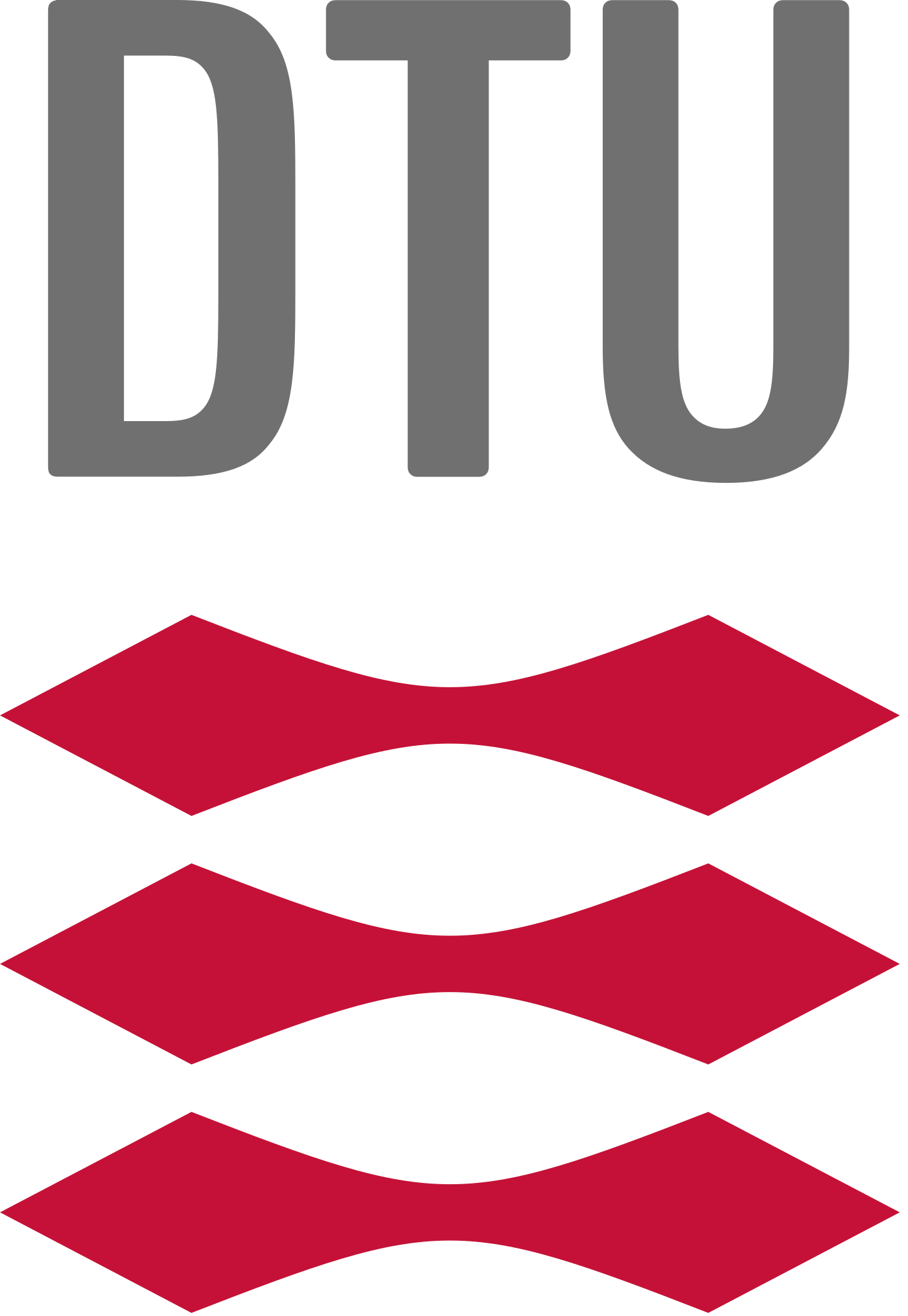

Charlotte Held Gotfredsen
Danish Technical University, Dept. Chemistry, NMR Center DTU
Our group uses NMR at the interface between Chemistry and Biology. We focus on NMR in fragment-based screening, structure determination of RNA/DNA, and microbial secondary metabolites. Furthermore, we elucidate biosynthetic pathways and explore the metabonomics within the microbial systems. In our group, we work very interdisciplinarily to apply the NMR capabilities of the NMR Center • DTU.

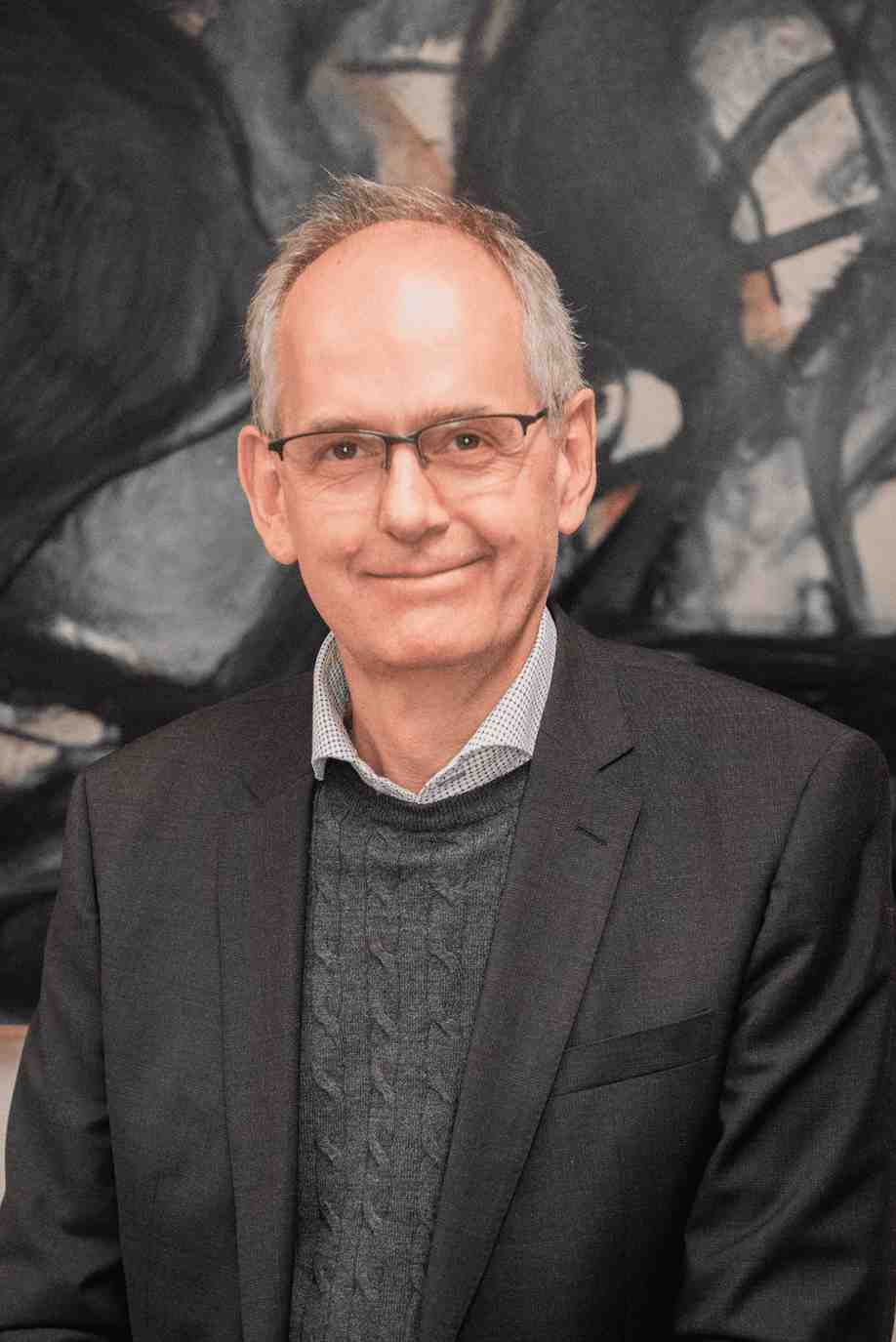
Jens Øllgaard Duus
Danish Technical University, Dept. Chemistry, NMR Center DTU
In our group we combine the practical application of high field solution NMR with the development of new methods to push the boundaries of NMR spectroscopy. We mainly investigate carbohydrates ranging from small oligosaccharides to large complex polysaccharides.

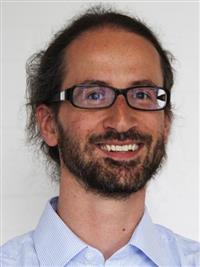
Sebastian Meier
Danish Technical University, Dept. Chemistry, NMR Center DTU
In our group we are using NMR for the discovery and characterization in biochemical systems. We mainly focus on sustainable biochemistry, and we use NMR spectroscopy for characterization of molecules and their interactions. In our group we have more of a real-world application perspective and want to develop new effective methods.

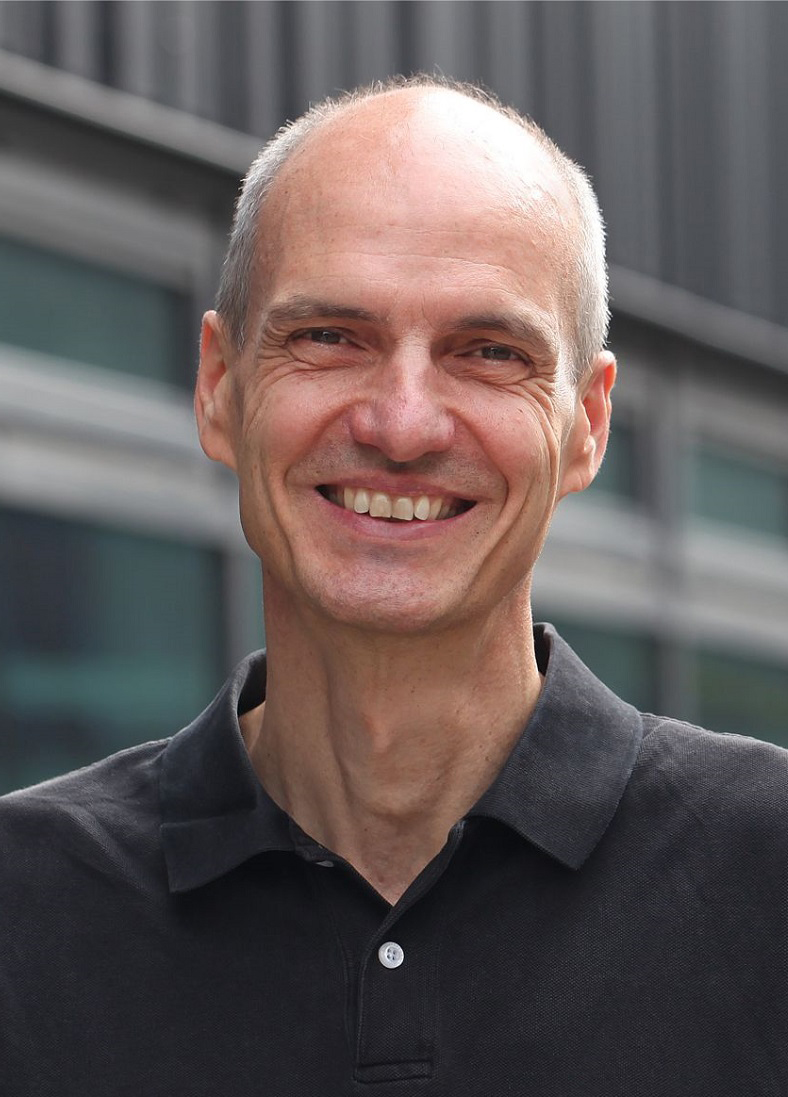
Jan Henrik Ardenkjær-Larsen
Danish Technical University, Dept. Health Technology, HYPERMAG
In our group we are developing new methods within magnetic resonance imaging and spectroscopy mainly focusing on dissolution Dynamic Nuclear Polarization, which enabled hyperpolarized metabolic MR in real time and techniques as Electron Paramagnetic Resonance Imaging (EPRI) and Overhauser Magnetic Resonance Imaging (OMRI).

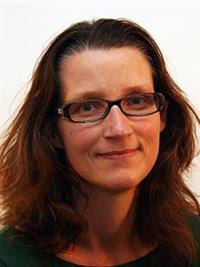
Pernille Rose Jensen
Danish Technical University, Dept. Health Technology, HYPERMAG
In our group we are interested in the underlying mechanisms behind metabolic changes occurring in diseases. We use sensitivity enhanced NMR based on dissolution Dynamic Nuclear Polarization to study cellular metabolism real time. We are especially interested in the bacterial infection process where we investigate the interaction between pathogenic bacteria and their host cells.


Mathilde Hauge Lerche
Danish Technical University, Dept. Health Technology, Magnetic Resonance
In our group we are using MR scanning combined with dissolution dynamic nuclear polarization for observing cell dynamics, which we use for diagnosis and therapeutic methods for neurodegenerative diseases in close collaboration with hospitals.
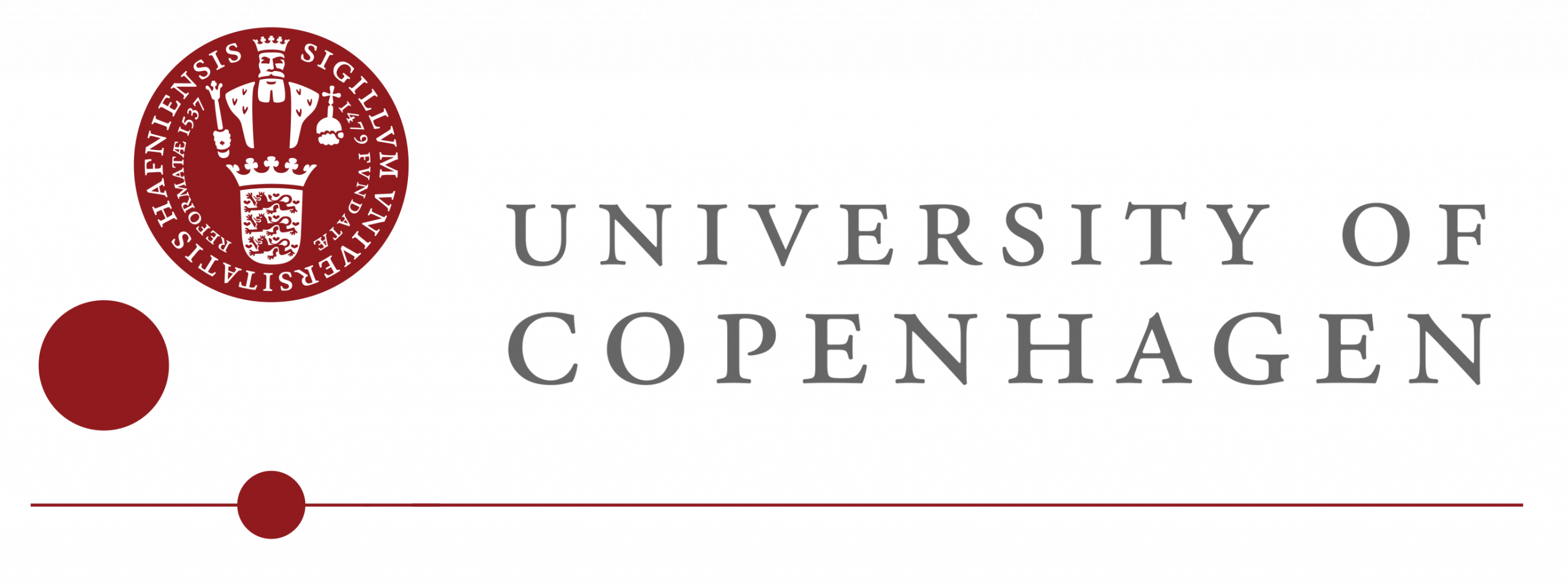

Birthe Brandt Kragelund
University of Copenhagen, Dept. Biology, SBiNLab
In our group, the major expertise is in protein interaction, structure and function relationships investigated by NMR spectroscopy as well as in biophysics. A hallmark is a strong collaborative base with biology, medicine, and industry.


Kaare Teilum
University of Copenhagen, Dept. Biology, SBiNLab
In our group we are using advanced NMR methods to investigate slow protein dynamics and relation between enzyme dynamics, function and structure. Here we are trying to understand protein misfolding and aggregation and the role of intermediates.

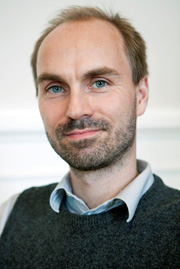
Kresten Lindorff-Larsen
University of Copenhagen, Dept. Biology, SBiNLab
In our group we are using NMR to investigate protein dynamics and their relationship to protein structure and function. We use integrative computational methods combined with experimental studies to understand how the ability of proteins to change their shape could determine their function. We mostly use computational methods in combination with NMR to create molecular simulations.

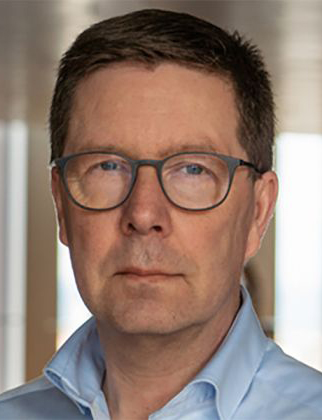
Dan Stærk
University of Copenhagen, Dept. Drug Design and Pharmacology, Copenhagen Small-Molecule NMR Center
In our group we use NMR for structural determination of small-molecule and peptide-based drugs from natural sources such as medical plants, marine entities and microorganisms. Furthermore, we work with drug discovery and development of sustainable food using methods such as bioaffinity NMR.


Søren Balling Engelsen
University of Copenhagen, Dept. Food Science, Foodomics
In our group we use advanced spectroscopic techniques to investigate the entire set of substances present in our foodome. We do this to provide a detailed compositional overview of our foods allowing for quality assessment with a direct impact on consumers.
Other Other DANNMR members in Academia:
NMR Lab Managers
Meet our DANNMR professional instruments managers
Alumni
Former Group Leaders that contributed to DANNMR
Have Any Questions?
We are always happy to answer your doubts and provide information about our research and events!

